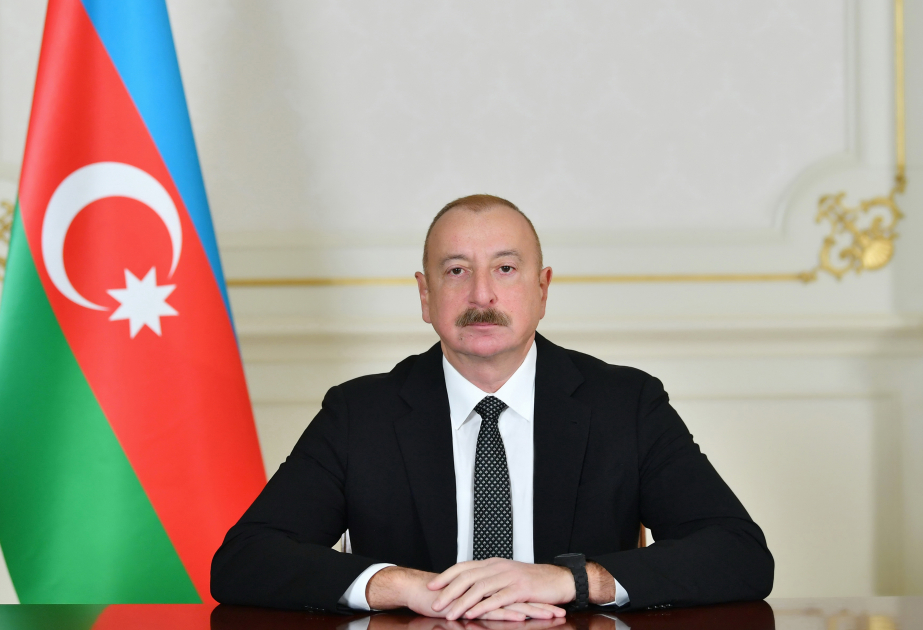By JERUSALEM POST STAFF
Researchers believe the 47-centimeter-high sandstone relief, dating to around 213 AD, may symbolize the end of the Severan Wars and was part of a larger commemorative structure.
On May 1, amateur archaeologists Jim and Dilys Quinlan from Merseyside unearthed a rare sandstone relief depicting the winged goddess Victory, the personification of military success, at the Roman fort site of Vindolanda near Hadrian's Wall.
The relief is believed to symbolize the end of the Severan Wars and the building of new military infrastructure. It may have been part of a larger relief created after the conclusion of an ancient Roman war. "The beautifully carved form reminds us that Roman forts were not merely functional military structures but contained cultural and symbolic significance for the soldiers who lived there," said Dr. Andrew Birley, according to Archaeology Magazine.
The relief is thought to be part of a massive architectural structure, possibly a gate or triumphal arch that celebrated Roman victories and embodied military pride. Professor Rob Collins identified the statue as the Goddess of Victory, a highly esteemed symbol in Roman religion and mythology associated with success in battle and worshipped during wars.
Discovered within a layer of rubble above the remains of Roman infantry barracks dating to the early third century CE, researchers have dated the relief to around 213 CE, just after the campaigns carried out by the emperors of the Severan dynasty against the Caledonians. The early third century CE was a tumultuous time in Britain when Roman troops clashed with rebellious native tribes north of Hadrian's Wall in a conflict known as the Severan Wars.
The Quinlans have been volunteering at Vindolanda for over 20 years, marking their twenty-first year during this season of excavations. While clearing debris above the infantry barracks, they noticed the relief of the winged goddess Victoria among a pile of rubble. "We have spent a large part of our annual holidays at Vindolanda over the years. As long-term volunteers, this is undoubtedly the most amazing thing we have ever done, and more importantly, it is something we do together. It's the best kind of relaxation we know. We eat well, sleep well, have good friends, and there is always something to learn. What more could you want?" said Dilys Quinlan, according to The Travel.
"I am also delighted for Jim and Dilys for their discovery. It is just reward for their 21 years of hard work and dedication to this site," said Dr. Birley, according to The Travel. The relief, measuring 47 centimeters in height, is set to be publicly displayed at the Vindolanda Museum as part of a new discoveries exhibition in early 2026. "We will be working with our specialists to see if any traces of the pigment remain, so for now the relief is being stored unwashed ready for that further analysis," said Barbara Birley, curator of the Vindolanda organization, according to Enikos.
Vindolanda, located near Hadrian's Wall in Northumbria, was founded around 85 CE and remained in use until the 4th century CE, serving as an important military and cultural center of Roman Britain. Hadrian's Wall was a monumental fortification built by the Romans on the northern fringes of the empire, stretching 72 miles, approximately 16 feet tall and 10 feet wide. The fort is famous for the discovery of the Vindolanda tablets, wooden letters written by the inhabitants nearly 2,000 years ago.
The discovery of the relief of the Goddess Victoria adds to a long list of finds at Vindolanda, including jewelry, phallic objects that were amulets of good luck or symbols of fertility, and even a children's toy in the shape of a leather mouse. These artifacts provide valuable insights into the lives of the people who inhabited the fort nearly two millennia ago.
After analysis is completed, researchers are hopeful that any traces of the original pigments used in the relief can be identified, adding a new dimension to understanding architecture and ceremonial rituals in the Roman era. The exhibition is expected to attract the interest of visitors to the internationally renowned Roman archaeological site, where they will have the opportunity to see this historical symbol that reflects the influence of Roman civilization in Britain.
The Vindolanda Trust, established in 1970, has been accepting volunteers for excavations, and this new finding underscores the continued potential for archaeological discoveries at the site.
The trenches beneath the relief were created shortly after the Severan Wars, a period marked by military campaigns that reshaped Roman control over northern Britain. Researchers believe that the relief likely formed part of an architectural structure, possibly a decorative panel celebrating Roman victories or the period of peace that followed the wars. Although not preserved in its entirety, archaeologists speculate that this image may have been part of a much larger relief, perhaps a commemorative scene placed over an arch or at the main entrance of the fort.


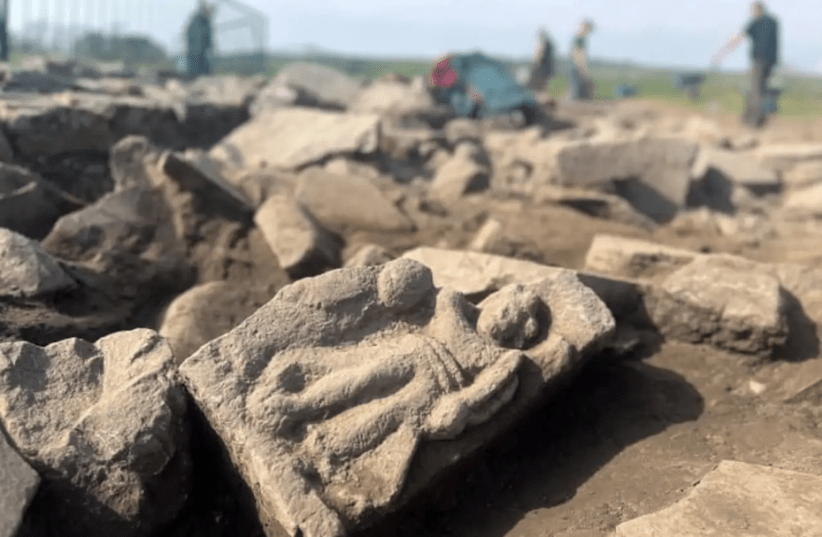
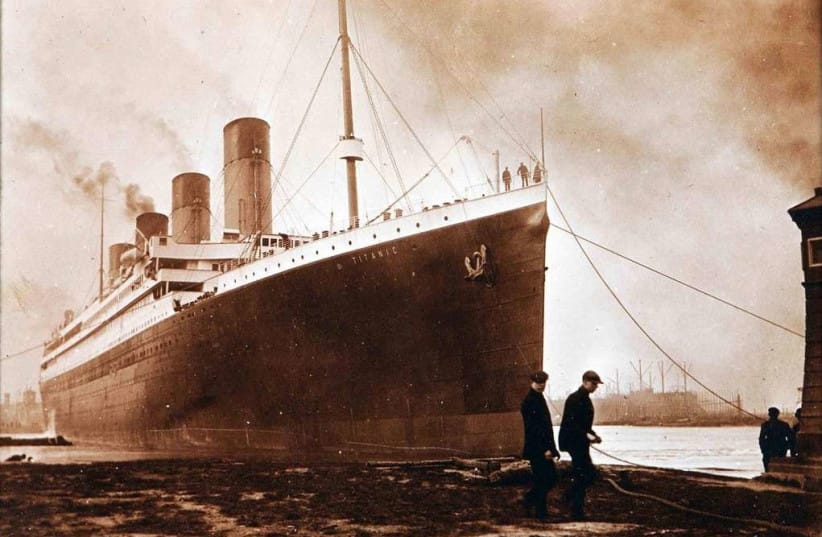

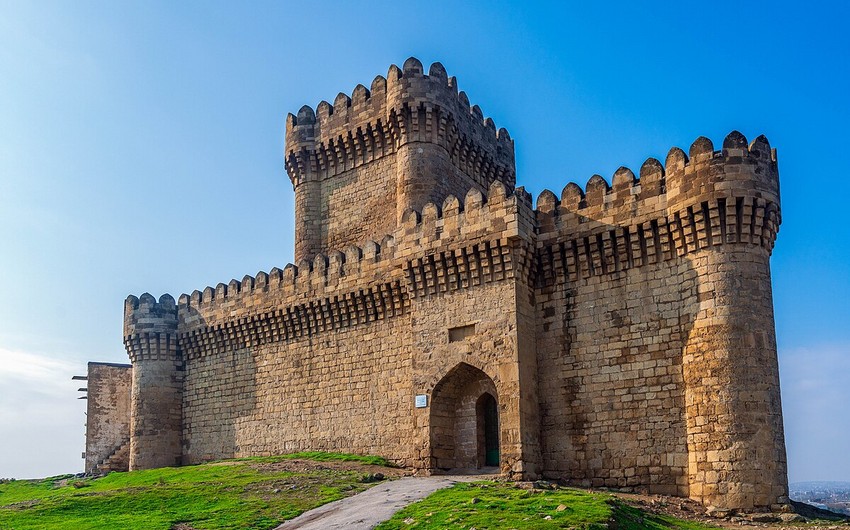
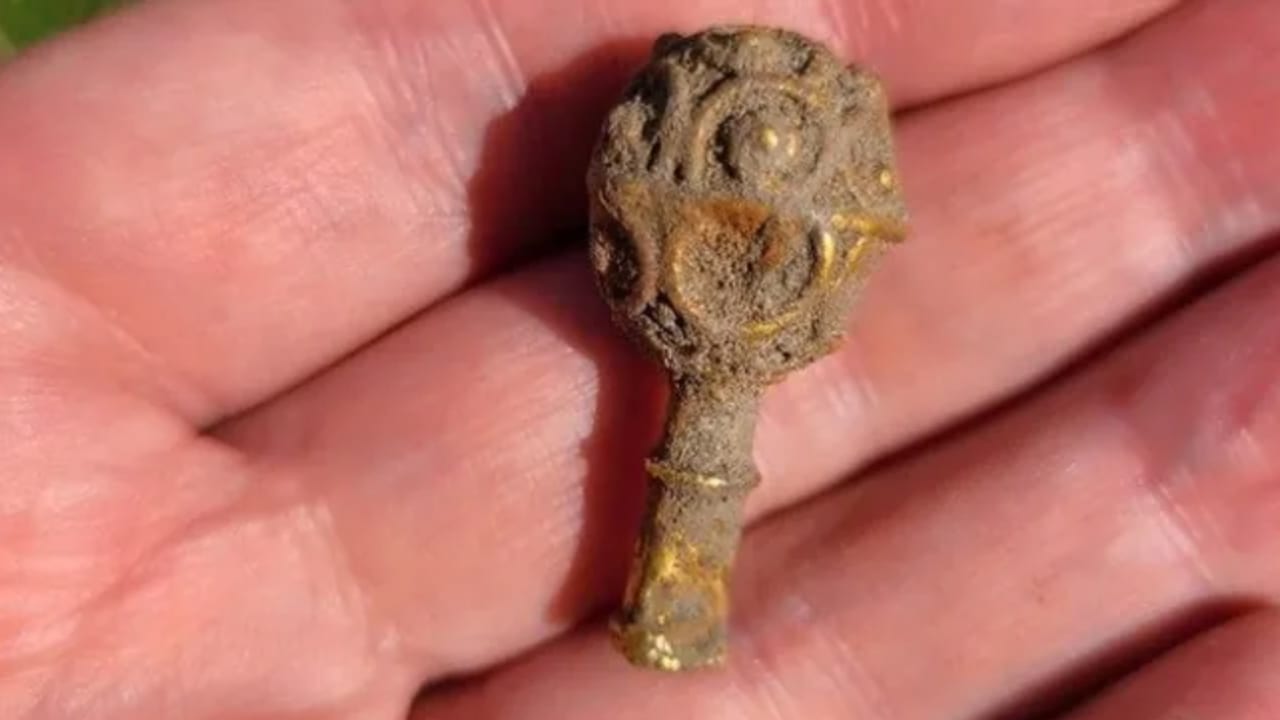
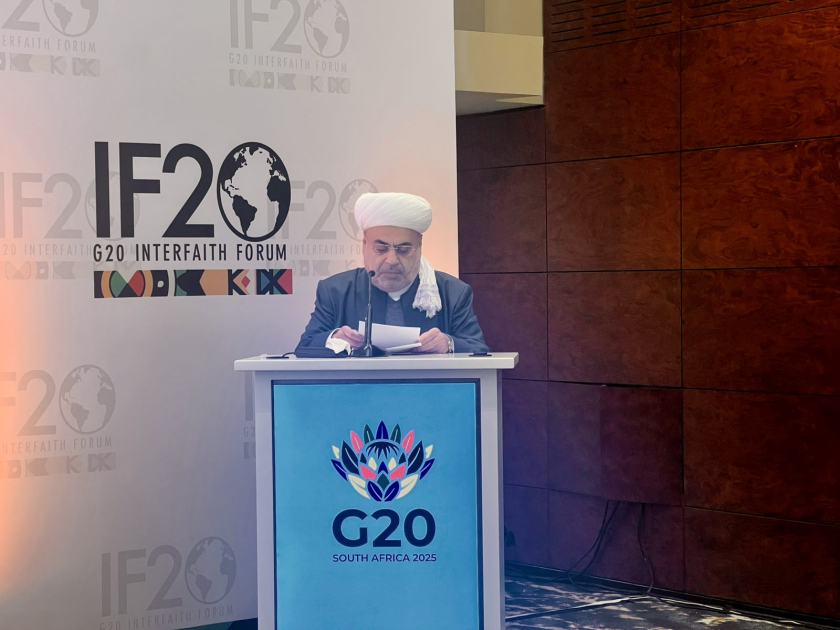
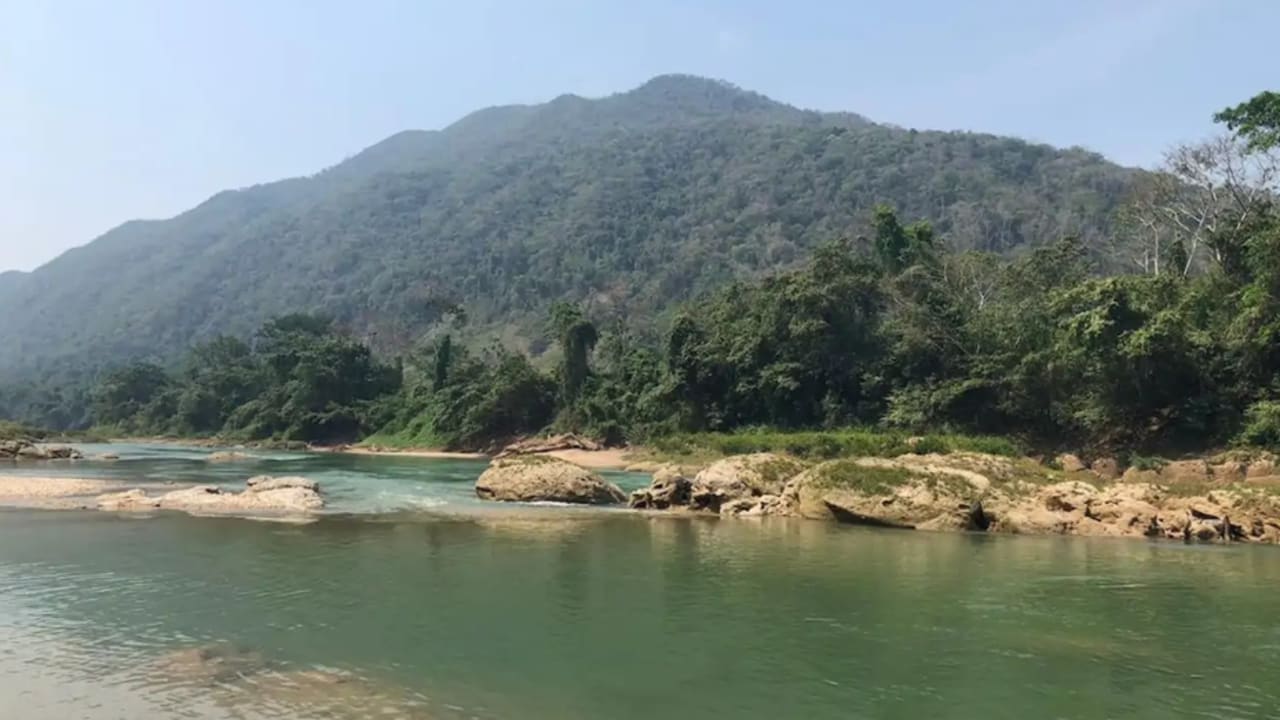
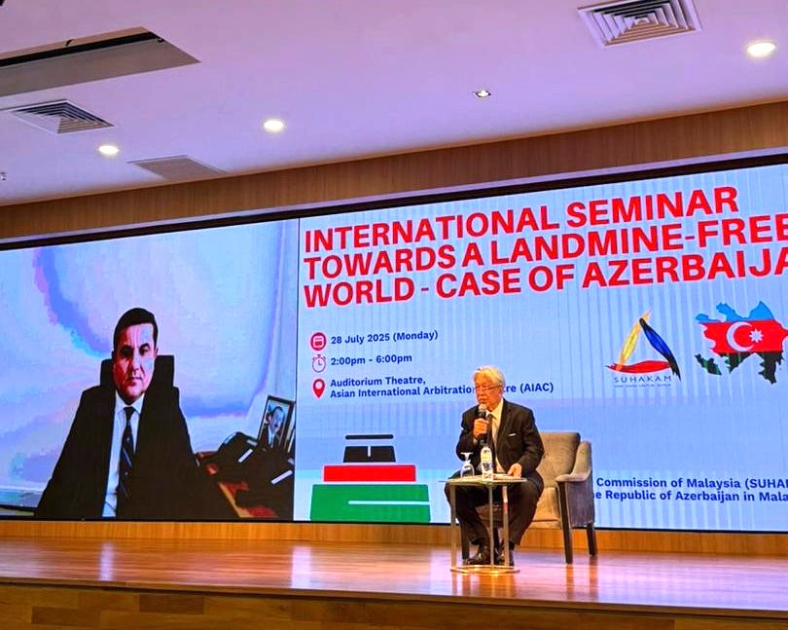

.jpg)
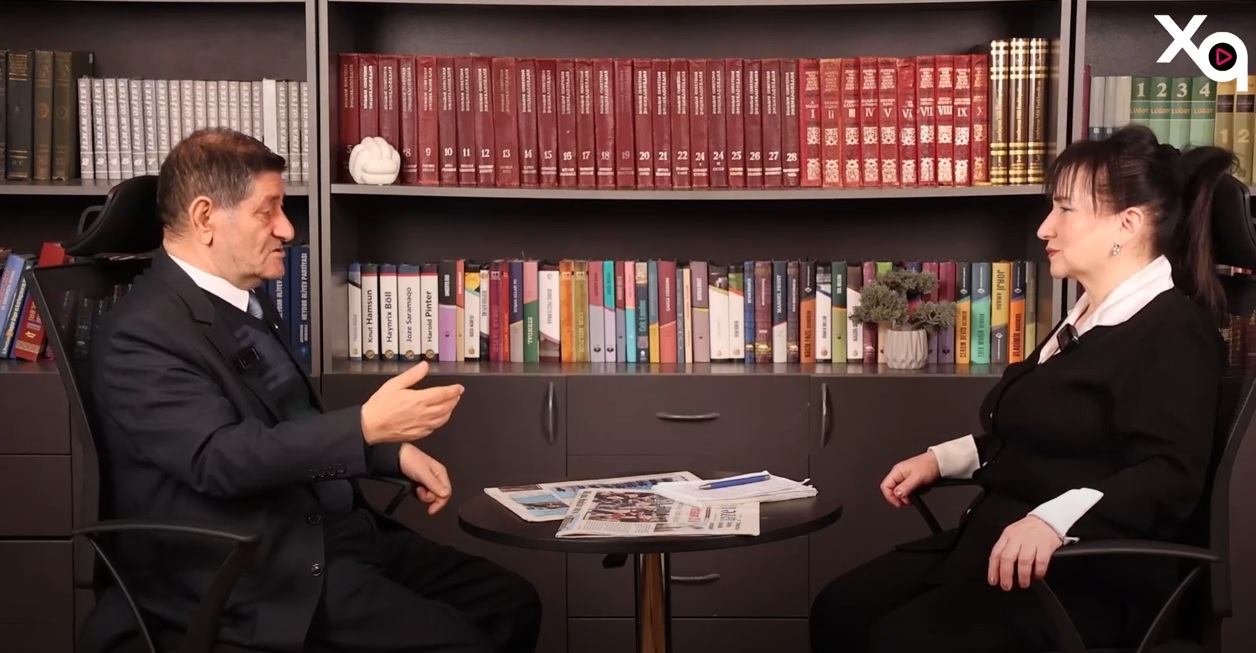
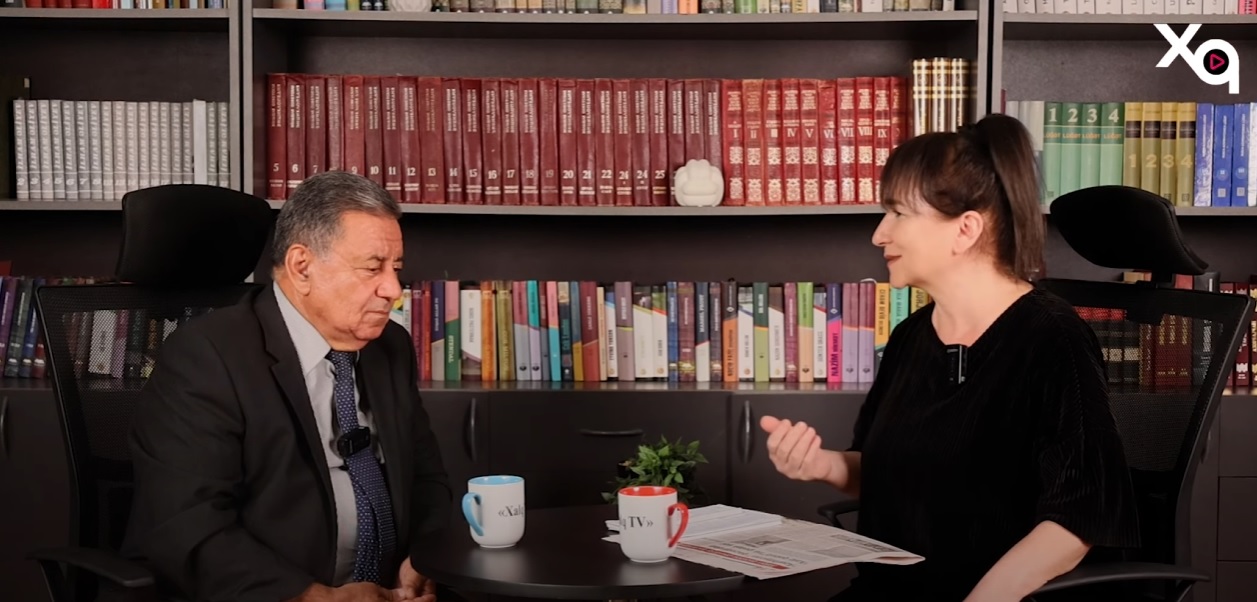
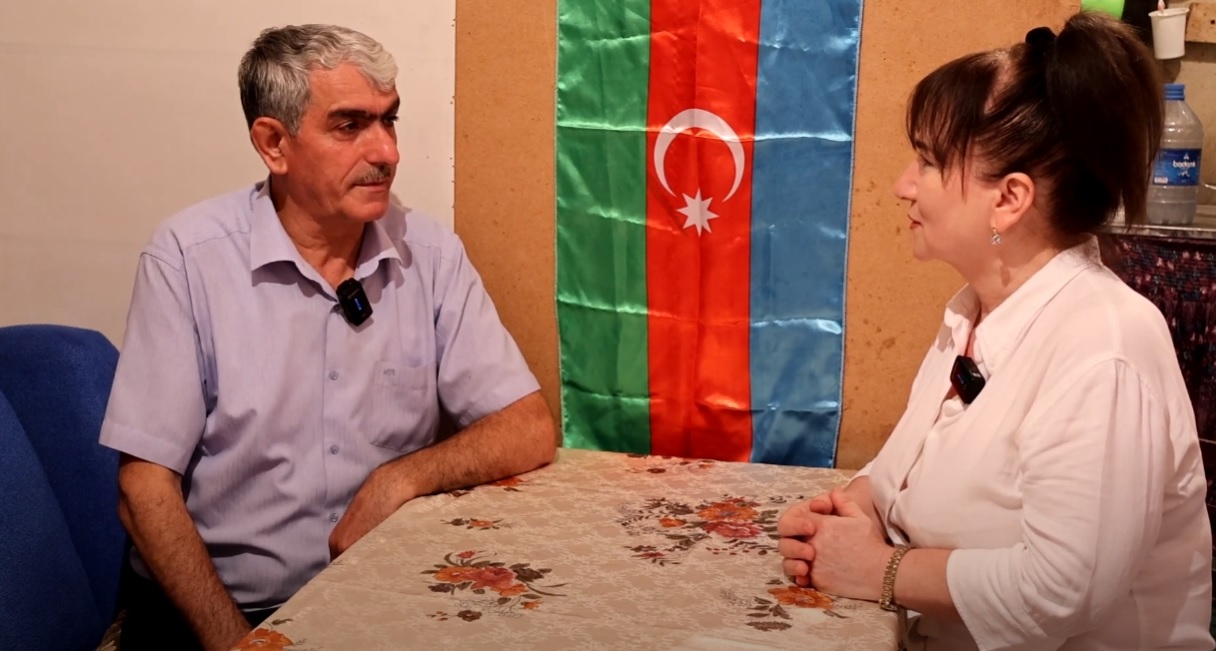
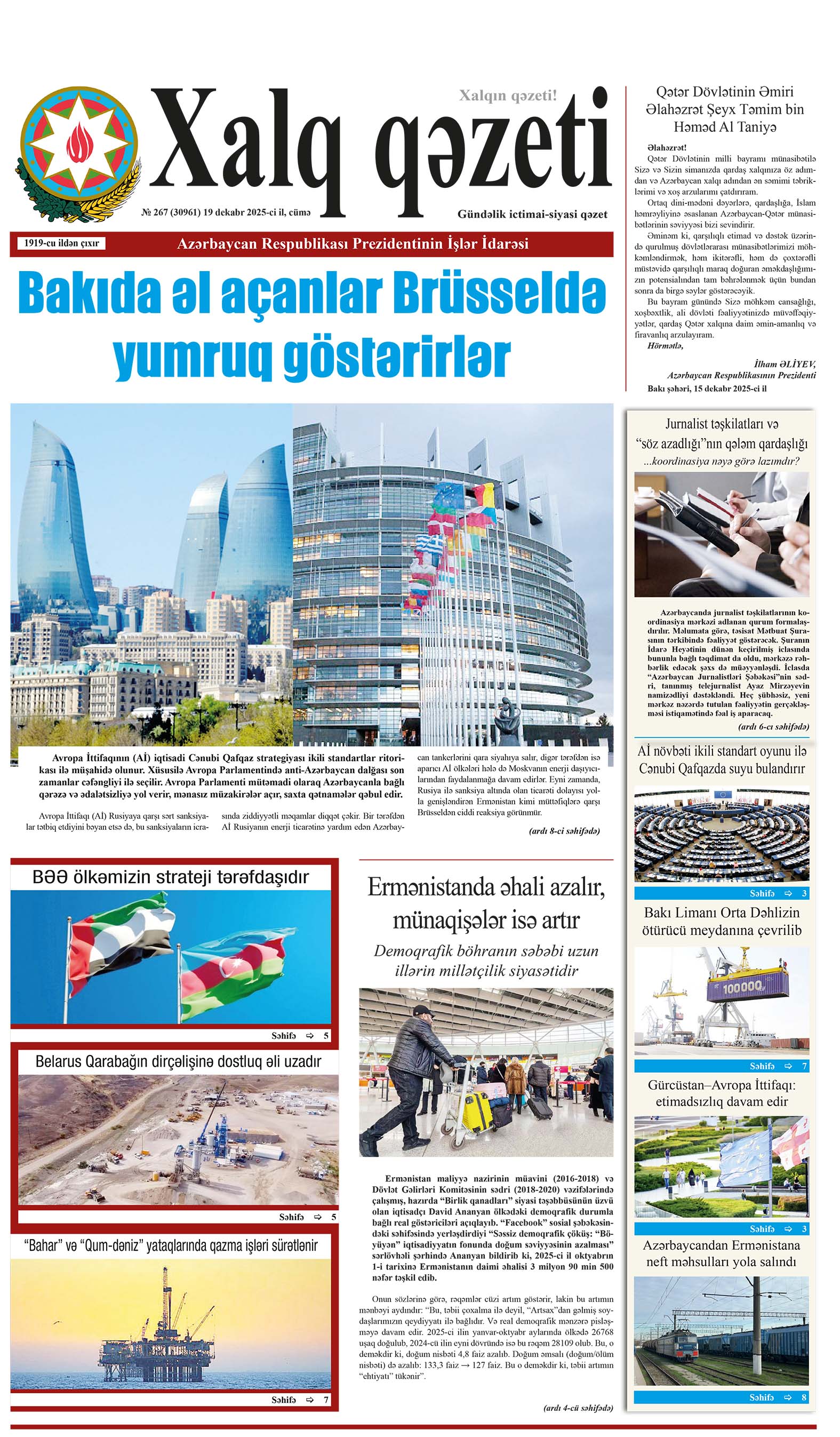
.webp)

